The Art Collector spoke to Greger Olsson, founder of the Olsson Art Collection. His idiosyncratic and unique philosophy in collecting is reflected in the interview below – an interview that reveals this patron of the arts as the ultimate tastemaker. His collecting style shows the family in the process of establishing a collection that is historically and artistically significant, irrespective of pressures from the art world and markets.
What was the first work of art you purchased? If you don’t remember, do you remember a specific moment that was a catalyst for the start of your collecting?
The first work of art that started the Collection as it came to be was “Krinkles” by the New York artist Peter Mackie. I bought it on my second trip to the US in the late 1970’s in a Manhattan gallery. On my third trip shortly thereafter I looked up Peter Mackie in the Manhattan phonebook, called him up and introduced myself. “From where?” were the first words he ever said to me. Then I went to his studio where also his wife, Elba Damast from Venezuela, was working.
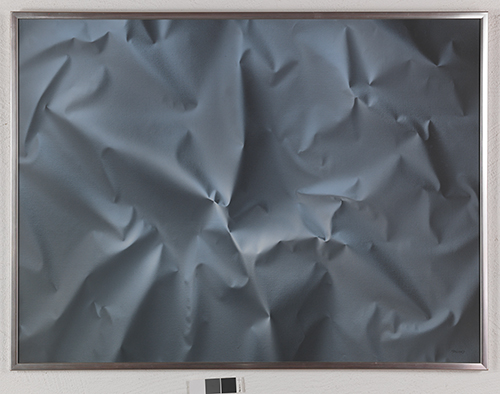
They had a big studio where they also rented out space to other Latin American artists. Peter and Elba became our guides to the Latin American art world and through them we met a number of artists that we still collect to this day.
Some of the artists mentioned on your website (Hockney, Liechtenstein, Chillida, Tapies, for example) are known as blue-chip artists. Do you ever collect lesser known/emerging artists?
After this start we only worked directly with the artists that we selected for our collection. The artists normally were interested in working with us because we were Europeans and dealing with us directly did not interfere with other galleries representing them, especially not in their home Latin American countries or in the US. This was to be our modus operandi and then we never bought anything from galleries. This was important also for us in these earlier days as this was a more economical way to operate and collect. However we also bought, as well as built up, our other collections in international art, pictorial carpets, African art and Pre-Columbian art by buying at auctions. Buying carpets was a bit more difficult so in this respect we also bought from international dealers all over the world on our travels.
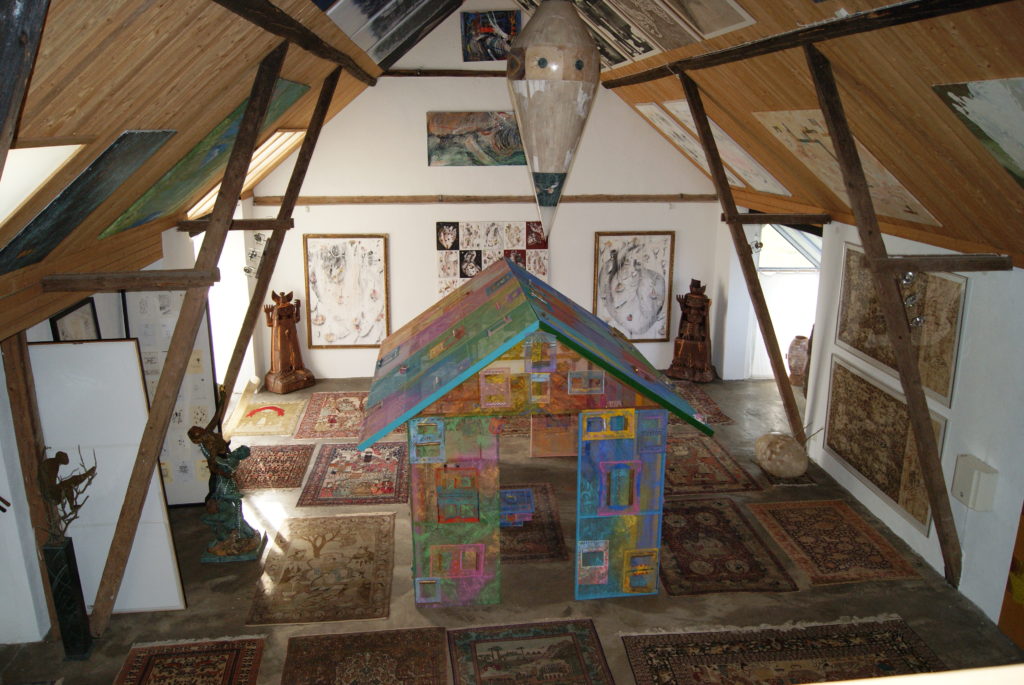
On your website it says you often collect from artists you “have followed for more than 30 years”. Have any of the artists’ oeuvres changed substantially over a 30 year trajectory? Or is it change which makes their artistic portfolio interesting?
As it has turned out, most of the artists that we met and befriended already in the early 1980s, we are still working with and collecting today. They have all developed their art and progressed in their execution of works. We are still impressed with that their new work, which is getting better and more interesting all the time. Well, almost all of the time. There are of course bumps in their respective road of development which have resulted in time gaps where we did not buy anything in particular or did not do any new projects.
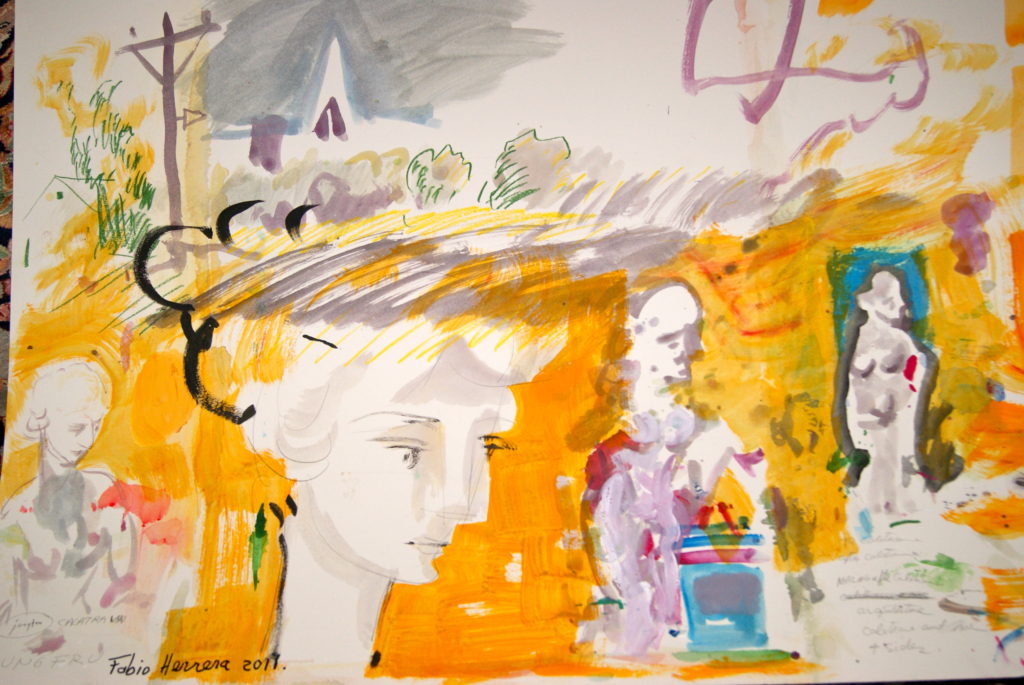
One thing that always has been crucial to us is that we only work with artists that actually make their own work themselves. We have never liked, or appreciated, artists with workshops or assistants that do the work.
Can you tell us about some of the more unusual items in your collection and why you bought them?
I guess that the more unusual items in our collection are the smaller collections that we have besides the contemporary Latin American art Collection. We have a pretty substantial collection of pictorial carpets (some 100 items) and also collections of African art and Pre-Columbian art. I think that these collections started out of curiosity and a desire to learn more about areas which we were not that familiar with but which we came across in our art collecting. This also lead to the building up of an art library. If you can’t have certain items in your collection, for various reasons, at least you can read about them. Therefore we always buy the catalogue when we see an exhibition in a museum. Over the years this turns into a wealth of knowledge and of course pure fun, and of course also a substantial part of a library.
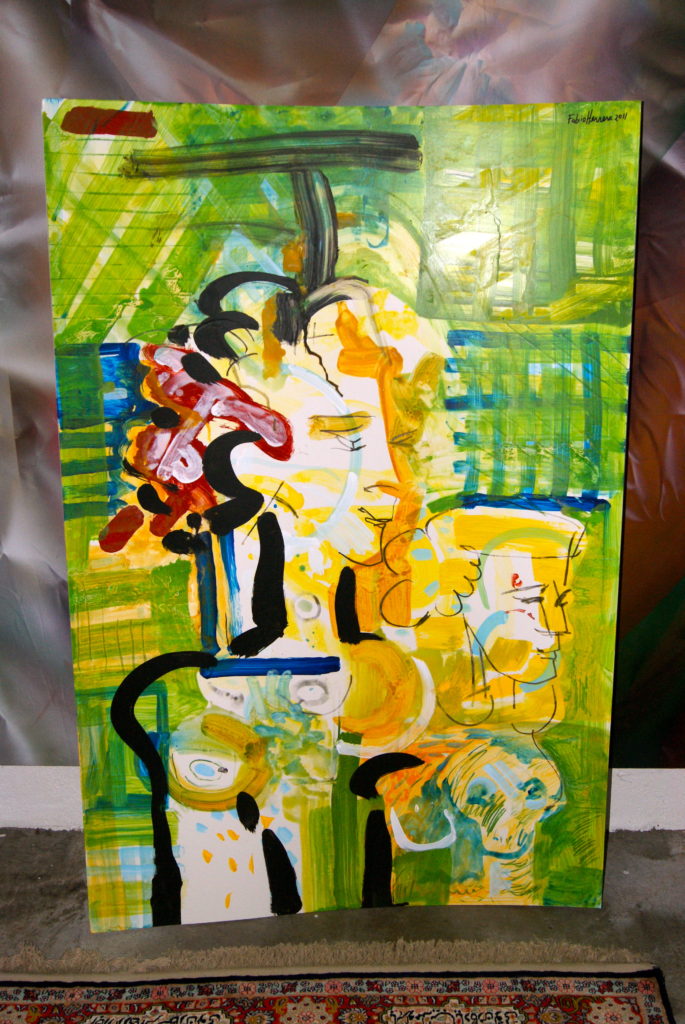
The unusual works in our collection are probably the works that we have commissioned from our artists or asked – in some times even urged – them to do. Take the Fabio Herreras series “the Muse” as such an example. We bought a white marble sculpture at an auction and gave it to Fabio when he came to visit us.
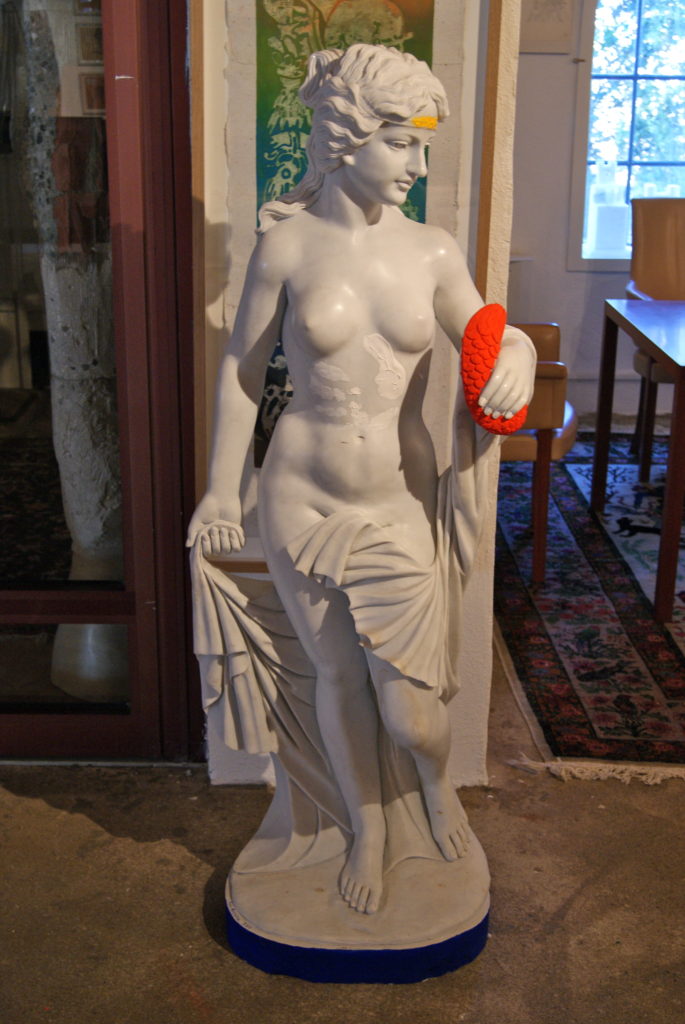
He studied the sculpture carefully and then interpreted it in his own way in a series of large watercolours/mixed media on paper culminating in one large painting on canvas and finally he took on the sculpture itself. Fabio, the master of colour, form and light, however only added four minimal colour applications to the sculpture: the headband became yellow, the fish red, the stand blue and finally he put his hands in white paint from behind around her waist.
Can you tell us about some of the projects of the Olsson Art Collection?
We also published a number of books with our artists more or less based on new works exclusively for us. The biggest such project is the book “Carlos Capelán”, with more than 400 pages overview of Carlos´ fantastic oeuvre of work. The book included a number of very large paintings where collector friends of ours participated with commissioned artworks included in the book which made the book even better and more personal in that sense as well.
As we seldom buy single works, a lot of our projects have been to commission a series of work from the artist and promote such a project with a special show at our Farm, sometimes with the artist present.
What will be the legacy of the Olsson Art Collection?
My wish is that the collection will continue to be a family affair and bring the same joy, interest and social focal point to future family members. Our now two grown-up children are very involved in the collection in all aspects. But also, in fairness, it is a collection of what will be the history of Latin American Art over a period of time focusing on select countries and a few of its (best) artists. Perhaps there will be a merit in that!
Who would you say is the ultimate tastemaker/trendmaker in the art world: the artist, the gallery, the museum, or the collector?
General taste and trend are concepts which I dislike. In my case the collecting is based on my personal views and abilities and I would not like that to be proposed and governed – let alone dictated – by outsiders. In the art world today I think the very large galleries and the auction houses are the ones that try to rule and influence, not at least because of all the money that is involved. They are a dominating force and others, like curators and museums staggering along trying to be influential and important too, seldom are making a real impact on their own.
We try to stay out of trends. They never last and will leave no real future impact. And this is also true for our artists. In common, they are not trendy and have always followed their own way and preferences. Which is a main reason why we collect them.
What does being an art collector mean to you? For example, does it make you an arbiter of taste or custodian of history etc.?
I don’t see myself as a collector per se. I have always been interested in history and beautiful and original things and want to surround myself in my daily life with such things. I am satisfied by also reading about them or watching them on film or television. When I can also get the rest of the family interested and engaged in what we have and what we are doing, I am happy and fully satisfied.
What advice would you give to an emerging collector who has a limited budget?
To the emerging collector I can only say: educate yourself as much as you can. Go to museums, auctions and galleries. Buy what you like and buy works as good as you can get and afford them. Don’t try to be economical and buy “cheap” – you will regret that and it will not make your collection happy! Don’t be shy – stay curious!
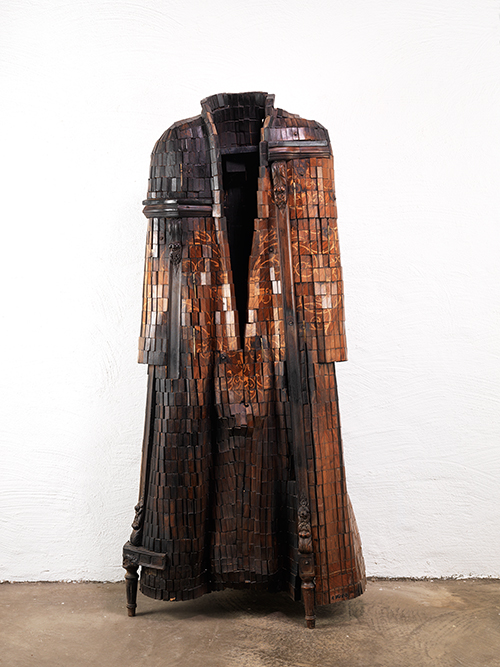

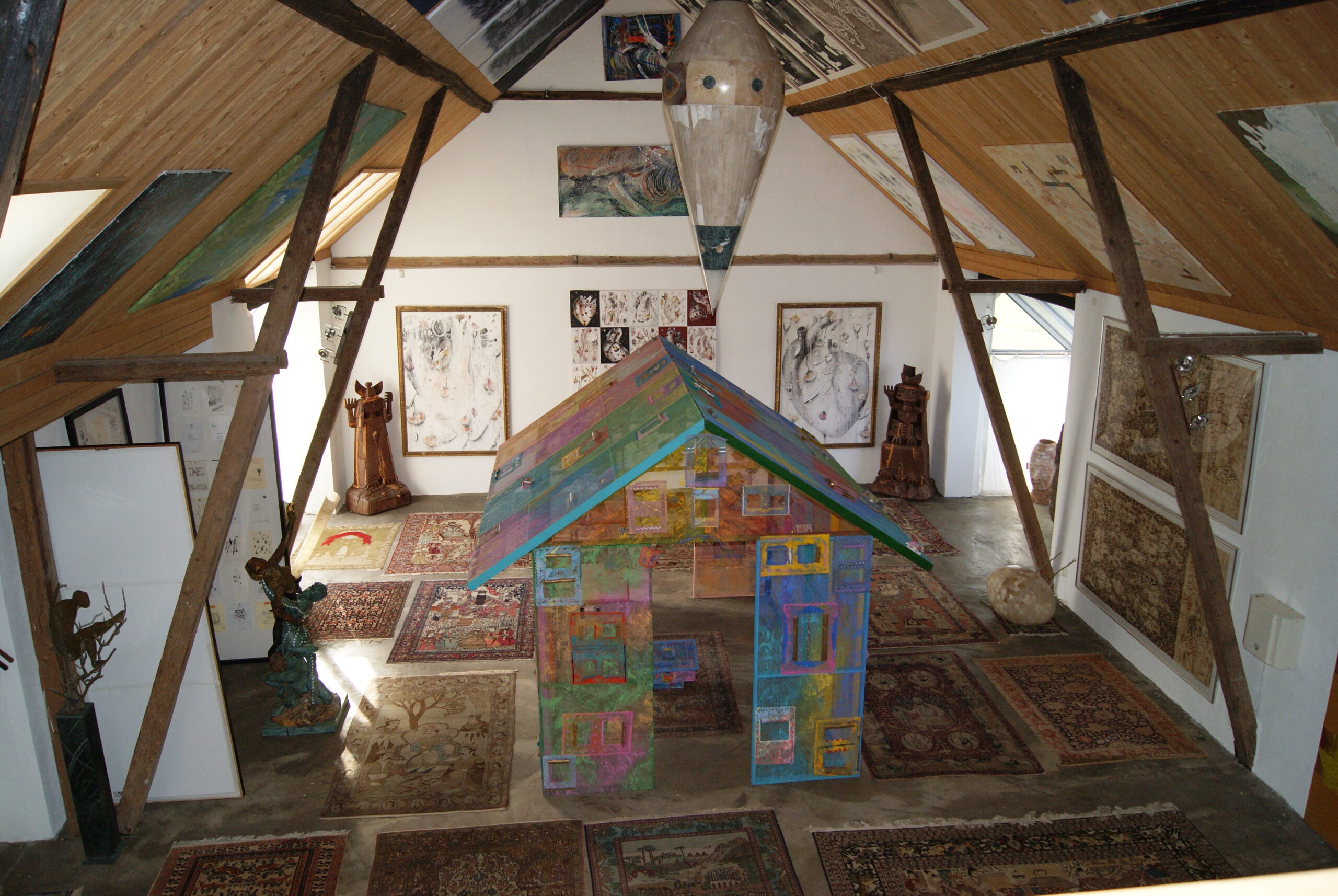

 Saving...
Saving...